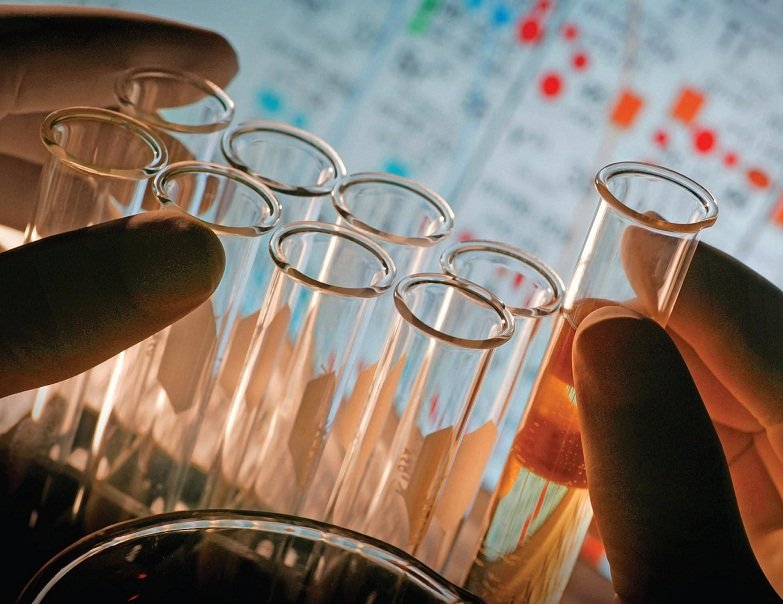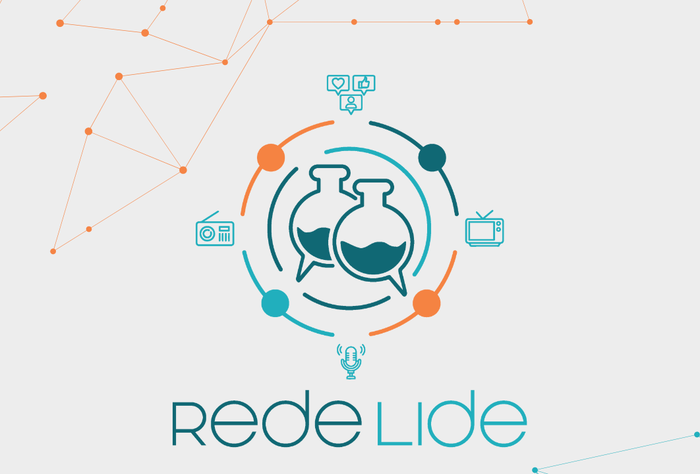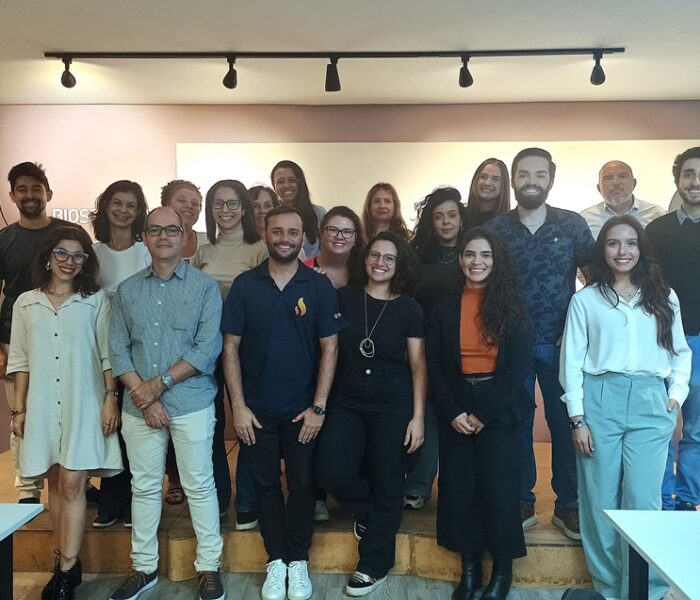 Did you know that it can take up to 15 years to develop one new medicine from the earliest stages of discovery to the time it is available for treating patients? And out of the multiple new medicines being created only 10 percent reach the clinical trials phase, with only one of five ever being approved for human use?
Did you know that it can take up to 15 years to develop one new medicine from the earliest stages of discovery to the time it is available for treating patients? And out of the multiple new medicines being created only 10 percent reach the clinical trials phase, with only one of five ever being approved for human use?
It’s a lengthy and challenging process, but a deeper understanding of the R&D (research and development) process can explain why so many compounds don’t make it.
Success requires immense resources, sophisticated technology and complex project management. It also takes persistence and, sometimes, even luck. Ultimately, though, the process of drug discovery brings more than just a new pill to the pharmacy shelves – it brings hope and relief to millions of patients around the world.
Drug Discovery
Once scientists fully understand a disease and are ready to begin looking for a responsive drug, they search for a molecule or “lead compound” that may act on their chosen target. If successful over years of testing and numerous odds, the lead compound can become a new medicine.
Entering Early Safety Tests
Once lead compounds are determined, they go through a series of tests to provide an early assessment of the safety of said lead compound. Scientists test absorption, distribution, metabolism, excretion and toxicological (ADME/Tox) properties of each lead.
These studies are performed in living cells, in animals and via computational models. Successful drugs must be absorbed into the bloodstream, distributed to the proper site of action in the body, metabolized efficiently and effectively, successfully excreted from the body and demonstrated to be non-toxic.
Pre-Clinical Testing
Once optimized compounds have been narrowed down to a handful, researchers turn their attention to testing them extensively to determine if they should move on to testing in humans.
The Phases of Clinical Trials
Before any clinical trial can begin, researchers must file an Investigational New Drug (IND) application with the FDA. The application includes the results of the pre-clinical work, the candidate drug’s chemical structure and how it is thought to work in the body along with a listing of any side effects and manufacturing information. The IND also provides a detailed clinical trial plan that outlines how, where and by whom the studies will be performed.
In addition to the IND application, all clinical trials must be reviewed and approved by the Institutional Review Board (IRB) at the institutions where the trials will take place.
New Drug Application and Approval
Once all three phases of the clinical trials are complete, the sponsoring company analyzes all of the data. If the findings demonstrate that the experimental medicine is both safe and effective, the company files a New Drug Application (NDA) with the FDA requesting approval to market the drug.
Following rigorous review, the FDA can do one of three things: 1) approve the medicine, 2) send the company and “approvable” letter requesting more information on studies before approval can be given, or 3) deny approval.
Once a new drug is approved, research continues. As a much larger number of patients begin to use the drug, companies must continue to monitor it carefully and submit periodic reports.
Read the complete article here Source: Healthcare Global
Ainda não recebemos comentários. Seja o primeiro a deixar sua opinião.






Deixe um comentário